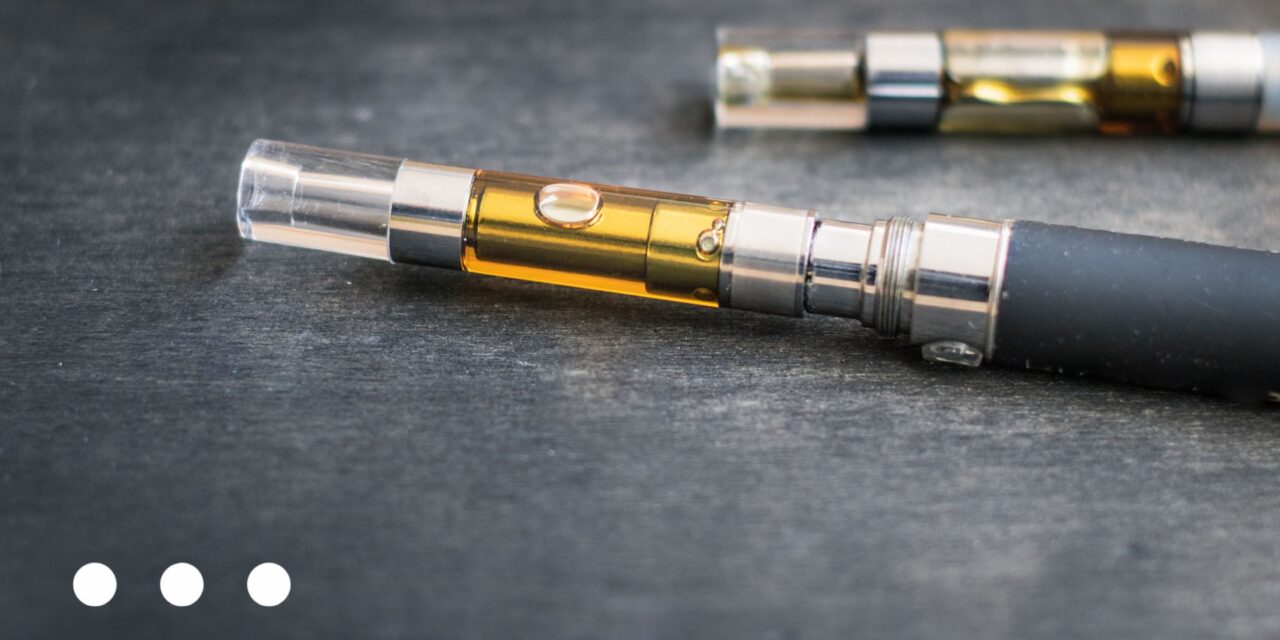E-cigarettes and vape pens have been marketed as a healthier option to traditional cigarettes, with some claiming to be entirely nicotine-free. However, these devices are not without risks, particularly for younger users.
According to the CDC, the use of disposable vape devices has skyrocketed by an alarming 1000% among high-school students and 400% among middle schoolers since 2019. This raises significant concerns about youth’s exposure to chemicals and substances that haven’t been thoroughly studied for their health impacts.
While nicotine-free vape pens may seem like a safer alternative, the reality is more complicated.
Demystifying Nicotine-Free Vape Pens
Vape pens and e-cigarettes are electronic devices that heat up and vaporize a liquid the user inhales. Unlike cigarettes, they don’t produce smoke. Yet, even those that claim to be nicotine-free or contain only a small dose of the substance still expose users to harmful chemicals.
Many of these chemicals are approved by the Food and Drug Administration (FDA) for use in food but not for the heating and vaporization processes that e-cigs put them through. No research conclusively proves that these substances are safe in this form. On the contrary, some studies suggest the opposite.
The Centers for Disease Control and Prevention (CDC) has found the following dangerous substances in the aerosols released into the body by e-cigarettes:
- Diacetyl
- Heavy metals like nickel, tin, and lead
- Other volatile organic compounds
- Acrylonitrile
- Acrolein
- Propylene oxide
- Acrylamide
- Crotonaldehyde
Even if a vape pen doesn’t contain nicotine, it is not as safe as some people, particularly children and teens, might believe based on marketing campaigns from manufacturers.
Health Risks and Concerns Associated with Nicotine-Free Vape Pens
The CDC considers youth vape usage an “epidemic.”However, e-cigarettes are harmful to more than just minors and pregnant individuals. While there’s limited research on the effects of vaping liquid on the human body compared to tobacco, available studies show alarming results:
- Poor Lung Health and Respiratory Function. Severe lung damage related to vaping, known as E-cigarette, Vaping Use-Associated Lung Injury, or EVALI, has been linked to over 60 recorded deaths. The chemicals and heat involved in vaporizing e-liquids can cause life-threatening injuries to the lungs and airways, inflammation, and fluid build-up. Survivors may suffer from permanent lung damage.
- Chronic Inflammation and Lung Scarring. A 2015 study found that even a single use of nicotine-free e-cigarettes containing propylene glycol and glycerol can irritate the airways. Repeated exposure can gradually deteriorate throat and lung tissues, potentially causing permanent scarring.
- Cell Damage. Certain combinations of the chemicals found in vapes can form formaldehyde to be absorbed into the body, considerably raising the users’ risk of developing cancer.
The Role of Nicotine-Free Vape Pens in Quitting Cigarettes
Many individuals turn to nicotine-free e-cigarettes to quit smoking, believing them to be safer. However, the FDA has not approved vape pens as a smoking cessation tool, and research indicates they may be just as harmful as tobacco.
A 2021 survey found that over 2 million US high and middle school students have used e-cigarettes, with other studies revealing that many users also smoke traditional tobacco products.
Those using e-cigarettes to reduce smoking may inadvertently expose themselves to harmful chemicals and unregulated nicotine levels. More secure nicotine replacement therapies, such as patches and gums, provide controlled nicotine doses, helping people quit without experiencing severe withdrawal symptoms.
Regulations and Public Health Policies Regarding Nicotine-Free Vape Pens
Several US states, including Michigan, New York, and Massachusetts, have attempted to impose bans and restrictions on the sale of flavored vape pens, both with and without nicotine. However, these initiatives have faced substantial legal opposition from manufacturers and industry groups.
Nonetheless, there are extensive state-wide regulations on e-cigarettes:
- All 50 states, along with the District of Columbia, Guam, the Northern Mariana Islands, Palau, Puerto Rico, and the U.S. Virgin Islands, prohibit the sale of e-cigarettes to underage individuals.
- Over 30 states require a retail license to sell e-cigarettes.
- Seventeen states, the District of Columbia, and Puerto Rico have banned smoking e-cigarettes in indoor areas of private worksites, restaurants, and bars.
- Almost all states impose taxes on e-cigarettes, calculated per milliliter of liquid or based on a percentage of a specified cost.
Making Informed Decisions About Nicotine-Free Vape Pens
While the decision to use vape pens ultimately rests with the individual (provided they are of legal age), it is imperative that a thorough understanding of the associated health risks informs this choice.
Before deciding to use these devices, consider seeking accurate information from reliable sources, such as healthcare professionals or scientific studies. Personal health conditions and circumstances should also be taken into account.
Despite being marketed as healthy alternatives and smoking cessation aids, recent research does not support these claims for e-cigarettes. It is the responsibility of individuals to educate themselves and make informed decisions.
Even when labeled as nicotine-free, vape pens can still expose users to potentially harmful chemicals that have not been sufficiently studied for inhalation during these devices’ heating and vaporization processes. Therefore, it is essential to question the portrayal of these products as “healthy” and “safe” when preliminary evidence suggests otherwise.

